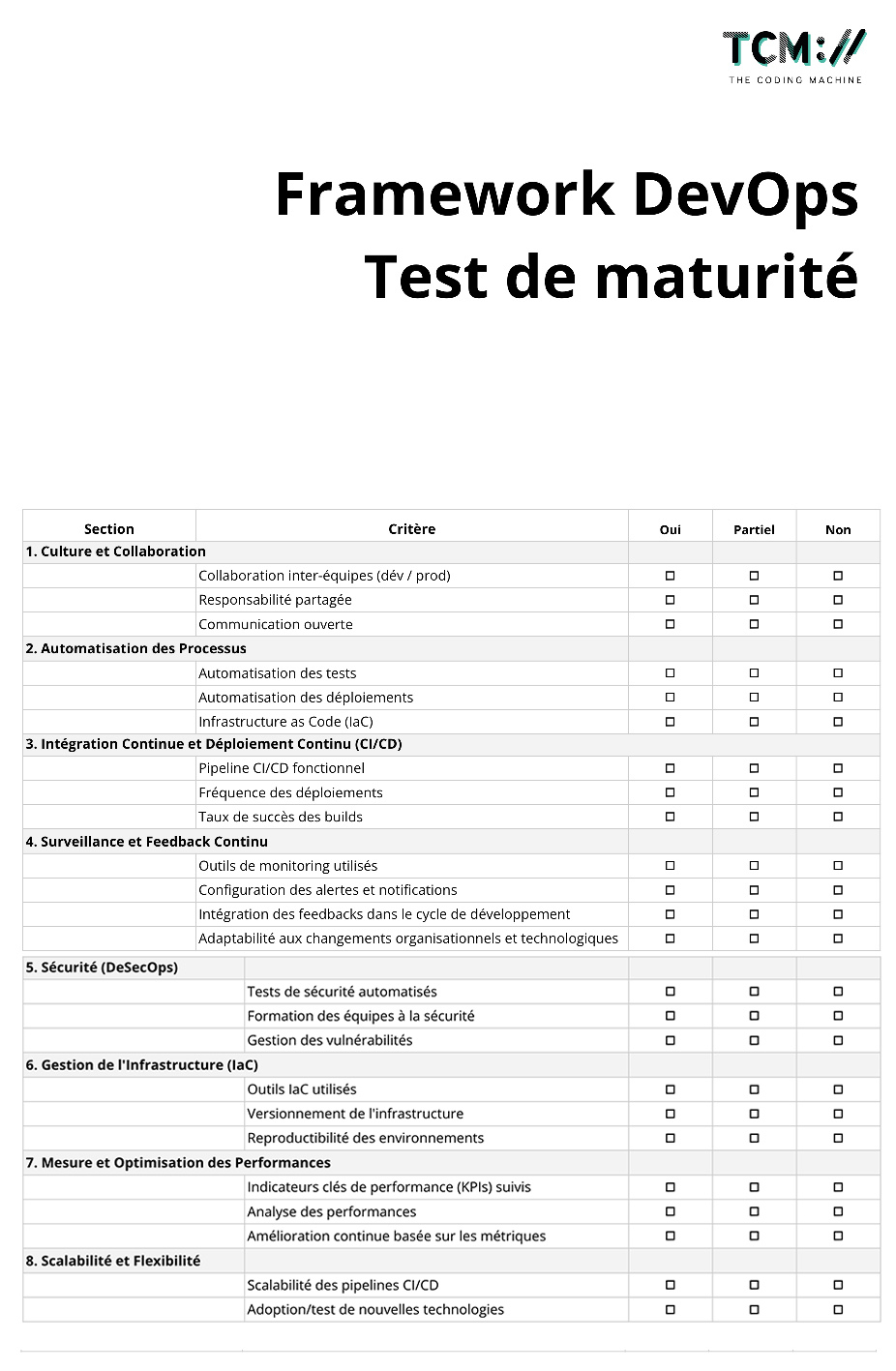Master the Dependency Inversion Principle for cleaner code
Dependency Inversion Principle (DIP) is a fundamental development concept that contributes to the flexibility and modularity of code. It is one of the five SOLID principles, which guide developers towards a more comprehensible, flexible and maintainable architecture. To sum up this principle: high-level modules should not depend on low-level modules, but both should depend on abstractions. But I understand perfectly well that this is not very clear…
So let’s go into a bit more detail!
What is the Dependency Inversion Principle (DIP)?
DIP, often confused with dependency injection (DI), is a much broader principle. It boils down to two major rules:
High-level modules must not depend on low-level modules. This means that major functionalities in an application must not be influenced by the details of their implementation.
Abstractions should not depend on details; details should depend on abstractions. This highlights the need to define interfaces or abstract classes that dictate what a function or module does, without getting bogged down in how tasks are executed.
PHP implementation examples with Symfony
Example 1: Notification System
In a notification system, rather than coding directly against an e-mail notification class, we define a NotificationInterface interface with a send() method. Different implementations of this interface could include EmailNotification, SMSNotification and so on. This allows the client code to remain the same, even if the notification mechanism changes.
interface NotificationInterface {
public function send(string $to, string $message): void;
}
class EmailNotification implements NotificationInterface {
public function send(string $to, string $message): void {
// Code pour envoyer un email
mail($to, "Notification", $message);
}
}
class SmsNotification implements NotificationInterface {
public function send(string $to, string $message): void {
// Code pour envoyer un SMS
// Supposons une fonction sendSms disponible
sendSms($to, $message);
}
}
class NotificationService {
private $notifier;
public function __construct(NotificationInterface $notifier) {
$this->notifier = $notifier;
}
public function notify(string $to, string $message) {
$this->notifier->send($to, $message);
}
}Example 2: User Management System
When registering a new user, instead of creating a direct dependency on a user data management class, use a UserRepository interface. This lets you change storage methods (database, online storage, etc.) without modifying the rest of your code.
interface UserRepositoryInterface {
public function save(User $user);
}
class MySqlUserRepository implements UserRepositoryInterface {
public function save(User $user) {
// Code pour sauvegarder l'utilisateur dans MySQL
}
}
class UserController {
private $userRepository;
public function __construct(UserRepositoryInterface $userRepository) {
$this->userRepository = $userRepository;
}
public function registerUser(string $username, string $password) {
$user = new User($username, $password);
$this->userRepository->save($user);
}
}Advantages and disadvantages
Advantages
- Flexibility: Modifications or extensions to the system can be made without affecting other parts of the architecture.
- Ease of testing: Components can be tested independently using mock objects.
- Reduced coupling: The system becomes less dependent on specific implementations.
Disadvantages
- Increased complexity: using abstractions when there is only one type of implementation for the project (notifications are just e-mails, to use the previous example) will introduce unnecessary additional complexity (over-architecture).
- Over-abstraction: Too many abstractions can make interactions between different parts of the application less clear.
Related considerations
In addition to the benefits and challenges directly linked to IoD, it’s essential to consider other aspects that can influence its effective application in software development projects.
Choice between Abstract and Interface
The choice between using an abstract class and an interface is crucial when implementing the DIP :
Abstract: An abstract class allows you to define certain methods that can be implemented directly, and others that must be defined by subclasses. This is useful when part of the behavior must be shared between several implementations.
Interface: An interface contains only method declarations with no implementation. This forces all subclasses to provide their own implementation of each method, thus promoting even weaker coupling and greater flexibility.
Using Features
PHP traits, for example, allow you to reuse sets of methods in several independent classes. The use of traits needs to be considered carefully, because while they can reduce code duplication, they can also introduce hidden dependencies and complicate understanding of program flow:
Advantages of traits: allow code reuse without forcing a parent-child relationship, offering greater flexibility in class design.
Disadvantages of traits: can hide dependencies and make code difficult to follow, especially when they modify the internal state of a class or introduce naming conflicts.
Dependency Management Practices
Effective DIP implementation often requires a sophisticated dependency management system, such as those provided by IoC (Inversion of Control) containers in frameworks like Symfony. These tools facilitate the instantiation and management of dependencies, often through annotations, enabling maximum code flexibility and decoupling.
Implications for Design Patterns
The adoption of DIP also favors the use of various design patterns:
- Factory Pattern: Used to centralize the creation of objects, which is particularly useful when the object must be created according to a certain configuration or context.
- Strategy Pattern: Used to select the algorithm for object behavior at runtime, which is useful for systems that need to be scalable in terms of the types of tasks they can perform.
- Observer Pattern: Facilitates notification of changes to multiple classes, which is often necessary in complex systems where actions in one part of the system may require reactions in other parts.
- Chain of responsibility Pattern: Reduces the complexity of a process by handling each business rule individually in a dedicated class, which may or may not intervene in the process according to its own decision.
Conclusion
For developers, adopting Dependency Reversal means using a design style that prioritizes flexibility and long-term maintainability over a slight increase in initial complexity. It encourages thinking about the “how” only after defining the “what”, enabling more robust and scalable applications to be built.
In our view, mastering this principle is essential for creating solid, easily extensible software.
















